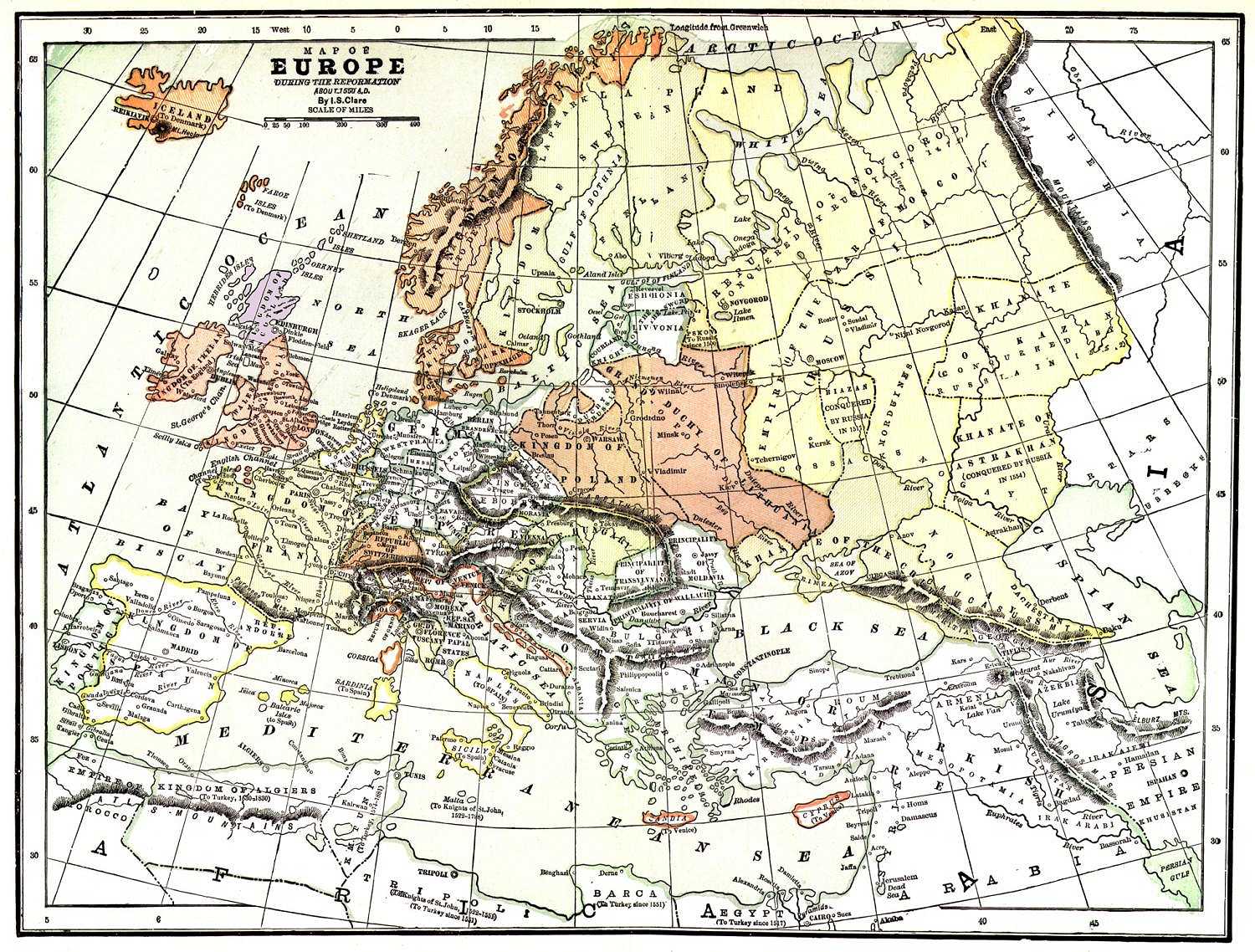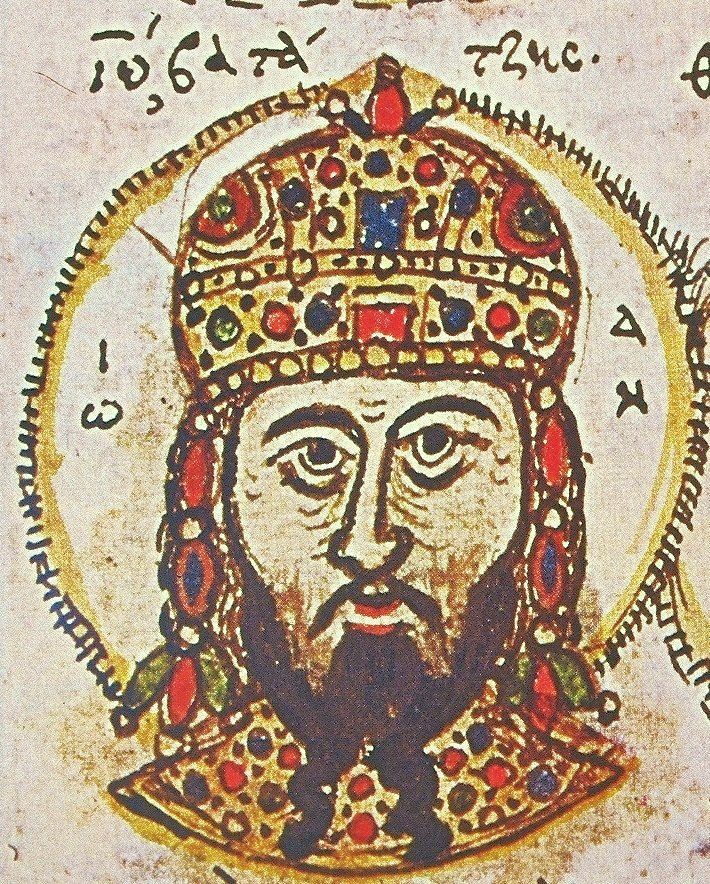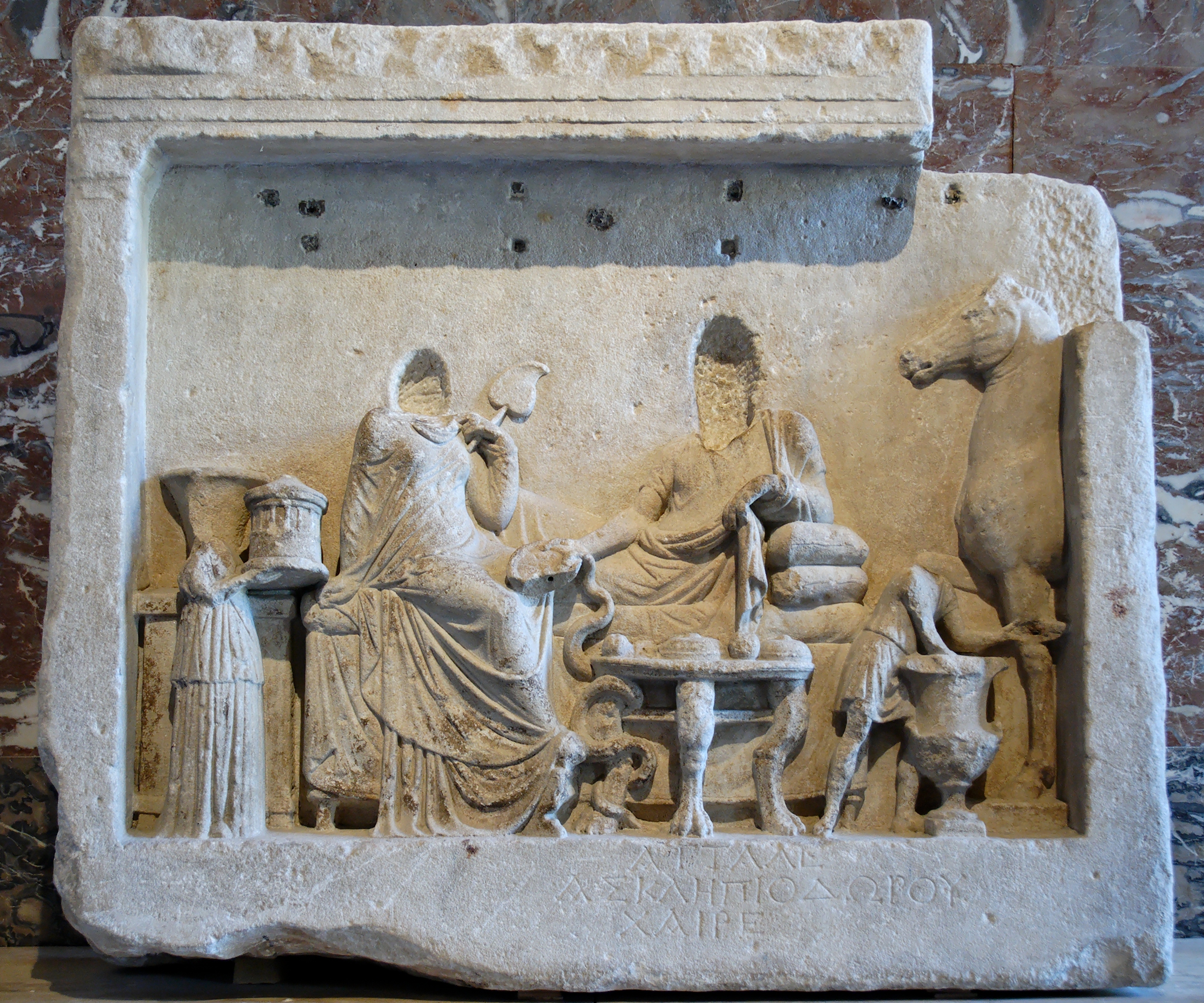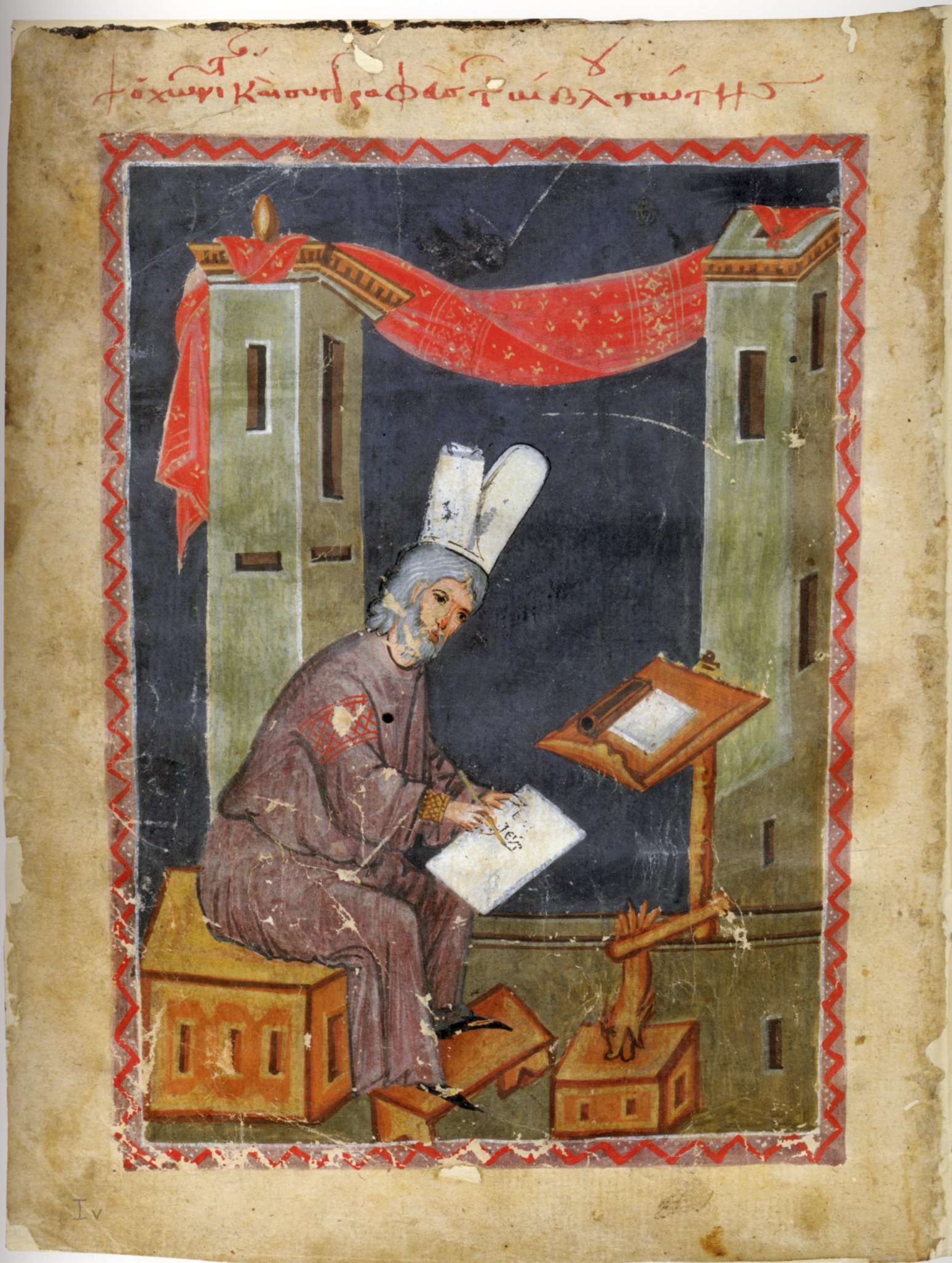|
Synopsis Chronike (Skoutariotes)
The ''Synopsis Chronike'' ( el, Σύνοψις Χρονικὴ) is a 13th-century universal chronicle, from the Creation until the recapture of Constantinople by the Greeks in 1261. A. Heisenberg has shown it was written by the Bishop of Cyzicus, Theodore Skoutariotes, and this identification has been generally accepted since. The chronicle comprises two parts, the first, ranging from the Creation to the accession of Alexios I Komnenos in 1081, being a typical chronicle, while the second, from 1081 to 1261, is a detailed historical account. A portion of the second part consists of excerpts from Niketas Choniates and George Akropolites, but the material derived from Akropolites includes much additional information, which George Ostrogorsky wrote "give the chronicle its real value as a source."Ostrogorsky, ''History of the Byzantine State'', translated by Joan Hussey (New Brunswick: Rutgers University Press, 1957), p. 371 The chronicle was first edited and published by the Greek sch ... [...More Info...] [...Related Items...] OR: [Wikipedia] [Google] [Baidu] |
Universal Chronicle
A universal history is a work aiming at the presentation of a history of all of mankind as a whole, coherent unit. A universal chronicle or world chronicle typically traces history from the beginning of written information about the past up to the present. Therefore, any work classed as such purportedly attempts to embrace the events of all times and nations in so far as scientific treatment of them is possible. Universal history in the Western tradition is commonly divided into three parts, viz. ancient, medieval, and modern time.H. M. CottingerElements of universal history for higher institutes in republics and for self-instruction Charles H. Whiting, 1884. pg1. The division on ancient and medieval periods is less sharp or absent in the Arabic and Asian historiographies. A synoptic view of universal history led some scholars, beginning with Karl Jaspers, to distinguish the Axial Age synchronous to "classical antiquity" of the Western tradition. Jaspers also proposed a more u ... [...More Info...] [...Related Items...] OR: [Wikipedia] [Google] [Baidu] |
Genesis Creation Narrative
The Genesis creation narrative is the creation myth of both Judaism and Christianity. The narrative is made up of two stories, roughly equivalent to the first two chapters of the Book of Genesis. In the first, Elohim (the Hebrew generic word for God) creates the heavens and the Earth in six days, then rests on, blesses, and sanctifies the seventh (i.e. the Biblical Sabbath). In the second story God (now referred to by the personal name Yahweh) creates Adam, the first man, from dust and places him in the Garden of Eden. There he is given dominion over the animals. Eve, the first woman, is created from Adam’s rib as his companion. The Hebrew creation narrative borrowed themes from Mesopotamian mythology, but adapted them to their unique belief in one God. The first major comprehensive draft of the Pentateuch (the series of five books which begins with Genesis and ends with Deuteronomy) is thought to have been composed in the late 7th or the 6th century BCE (the Jahwist ... [...More Info...] [...Related Items...] OR: [Wikipedia] [Google] [Baidu] |
Alexios Strategopoulos
Alexios Komnenos Strategopoulos ( gr, Ἀλέξιος Κομνηνὸς Στρατηγόπουλος) was a Byzantine aristocrat and general who rose to the rank of '' megas domestikos'' and ''Caesar''. Distantly related to the Komnenian dynasty, he appears in the sources already at an advanced age in the early 1250s, leading armies for the Empire of Nicaea against Epirus. After falling out of favour and being imprisoned by Theodore II Laskaris, Strategopoulos sided with the aristocrats around Michael VIII Palaiologos, and supported him in his rise to the throne after Theodore II's death in 1258. He participated in the Pelagonia campaign in 1259, going on to capture Epirus, but his successes were undone in the next year and he was captured by the Epirotes. Released after a few months, he led the unexpected reconquest of Constantinople from the Latin Empire in July 1261, restoring the Byzantine Empire. He was captured again by the Epirotes in the next year and spent several years ... [...More Info...] [...Related Items...] OR: [Wikipedia] [Google] [Baidu] |
Constantinople
la, Constantinopolis ota, قسطنطينيه , alternate_name = Byzantion (earlier Greek name), Nova Roma ("New Rome"), Miklagard/Miklagarth (Old Norse), Tsargrad ( Slavic), Qustantiniya (Arabic), Basileuousa ("Queen of Cities"), Megalopolis ("the Great City"), Πόλις ("the City"), Kostantiniyye or Konstantinopolis ( Turkish) , image = Byzantine Constantinople-en.png , alt = , caption = Map of Constantinople in the Byzantine period, corresponding to the modern-day Fatih district of Istanbul , map_type = Istanbul#Turkey Marmara#Turkey , map_alt = A map of Byzantine Istanbul. , map_size = 275 , map_caption = Constantinople was founded on the former site of the Greek colony of Byzantion, which today is known as Istanbul in Turkey. , coordinates = , location = Fatih, İstanbul, Turkey , region = Marmara Region , type = Imperial city , part_of = , length = , width ... [...More Info...] [...Related Items...] OR: [Wikipedia] [Google] [Baidu] |
Byzantine Greeks
The Byzantine Greeks were the Greek-speaking Eastern Romans of Orthodox Christianity throughout Late Antiquity and the Middle Ages. They were the main inhabitants of the lands of the Byzantine Empire (Eastern Roman Empire), of Constantinople and Asia Minor (modern Turkey), the Greek islands, Cyprus, and portions of the southern Balkans, and formed large minorities, or pluralities, in the coastal urban centres of the Levant and northern Egypt. Throughout their history, the Byzantine Greeks self-identified as '' Romans'' ( gr, Ῥωμαῖοι, Rhōmaîoi), but are referred to as "Byzantine Greeks" in modern historiography. Latin speakers identified them simply as Greeks or with the term Romei. The social structure of the Byzantine Greeks was primarily supported by a rural, agrarian base that consisted of the peasantry, and a small fraction of the poor. These peasants lived within three kinds of settlements: the ''chorion'' or village, the ''agridion'' or hamlet, and the ''proas ... [...More Info...] [...Related Items...] OR: [Wikipedia] [Google] [Baidu] |
Cyzicus
Cyzicus (; grc, Κύζικος ''Kúzikos''; ota, آیدینجق, ''Aydıncıḳ'') was an ancient Greek town in Mysia in Anatolia in the current Balıkesir Province of Turkey. It was located on the shoreward side of the present Kapıdağ Peninsula (the classical Arctonnesus), a tombolo which is said to have originally been an island in the Sea of Marmara only to be connected to the mainland in historic times either by artificial means or an earthquake. The site of Cyzicus, located on the Erdek and Bandırma roads, is protected by Turkey's Ministry of Culture. History Ancient The city was said to have been founded by Pelasgians from Thessaly, according to tradition at the coming of the Argonauts; later it received many colonies from Miletus, allegedly in 756 BC, but its importance began near the end of the Peloponnesian War when the conflict centered on the sea routes connecting Greece to the Black Sea. At this time, the cities of Athens and Miletus diminished in im ... [...More Info...] [...Related Items...] OR: [Wikipedia] [Google] [Baidu] |
Theodore Skoutariotes
Theodore Skoutariotes ( el, Θεόδωρος Σκουταριώτης; born ) was a Byzantine cleric and official during the reign of Michael VIII Palaiologos (). Skoutariotes was born about 1230. As a deacon, he served as '' epi ton deeseon'' (receiver of petitions) and was named as ''dikaiophylax'' in 1270. He served as Michael VIII's ambassador to the Pope in 1277, and was metropolitan bishop of Kyzikos from 1277 until he was deposed in 1282. The German historian A. Heisenberg identified Skoutariotes with the anonymous author of a chronicle preserved in the Marcian Library in Venice (''Marc. gr.'' 407), which begins with the Creation and reaches to 1261. The chronicle is particularly valuable for its additions to the narrative of George Akropolites George Akropolites ( Latinized as Acropolites or Acropolita; el, , ''Georgios Akropolites''; 1217 or 1220 – 1282) was a Byzantine Greek historian and statesman born at Constantinople. Life In his sixteenth year he was sent ... [...More Info...] [...Related Items...] OR: [Wikipedia] [Google] [Baidu] |
Alexios I Komnenos
Alexios I Komnenos ( grc-gre, Ἀλέξιος Κομνηνός, 1057 – 15 August 1118; Latinized Alexius I Comnenus) was Byzantine emperor from 1081 to 1118. Although he was not the first emperor of the Komnenian dynasty, it was during his reign that the Komnenos family came to full power and initiated a hereditary succession to the throne. Inheriting a collapsing empire and faced with constant warfare during his reign against both the Seljuq Turks in Asia Minor and the Normans in the western Balkans, Alexios was able to curb the Byzantine decline and begin the military, financial, and territorial recovery known as the Komnenian restoration. His appeals to Western Europe for help against the Turks was the catalyst that sparked the First Crusade. Biography Alexios was the son of John Komnenos and Anna Dalassene,Kazhdan 1991, p. 63 and the nephew of Isaac I Komnenos (emperor 1057–1059). Alexios' father declined the throne on the abdication of Isaac, who was ... [...More Info...] [...Related Items...] OR: [Wikipedia] [Google] [Baidu] |
Niketas Choniates
Niketas or Nicetas Choniates ( el, Νικήτας Χωνιάτης; c. 1155 – 1217), whose actual surname was Akominatos (Ἀκομινάτος), was a Byzantine Greek government official and historian – like his brother Michael Akominatos, whom he accompanied to Constantinople from their birthplace Chonae (from which came his nickname, "Choniates" meaning "person from Chonae"). Nicetas wrote a history of the Eastern Roman Empire from 1118 to 1207. Life Nicetas Akominatos was born to wealthy parents around or after 1150 in Phrygia in the city of Chonae (near the modern Honaz in Turkey). Bishop Nicetas of Chonae baptized and named the infant; later he was called "Choniates" after his birthplace. When he was nine, his father dispatched him with his brother Michael to Constantinople to receive an education. Niketas' older brother greatly influenced him during the early stages of his life. He initially secured a post in the civil service, and held important appointments under ... [...More Info...] [...Related Items...] OR: [Wikipedia] [Google] [Baidu] |
George Akropolites
George Akropolites ( Latinized as Acropolites or Acropolita; el, , ''Georgios Akropolites''; 1217 or 1220 – 1282) was a Byzantine Greek historian and statesman born at Constantinople. Life In his sixteenth year he was sent by his father, the logothete Constantine Akropolites the elder, to the court of John III Doukas Vatatzes, emperor of Nicaea, where Akropolites continued his studies under Theodore Hexapterygos and Nicephorus Blemmydes. The emperor afterwards entrusted George with important state missions, as did his successors ( Theodore II Laskaris and Michael VIII Palaiologos). The office of Grand Logothete, or chancellor, was bestowed upon him in 1244. As commander in the field in 1257 against Michael II, despot of Epirus, he showed little military ability. George was captured and kept for two years in prison, from which he was released by Michael Palaiologos. Meanwhile, Michael Palaiologos was proclaimed emperor of Nicaea, afterwards expelling the Latins from Con ... [...More Info...] [...Related Items...] OR: [Wikipedia] [Google] [Baidu] |
George Ostrogorsky
Georgiy Aleksandrovich Ostrogorskiy (russian: Георгий Александрович Острогорский; 19 January 1902 – 24 October 1976), known in Serbian as Georgije Aleksandrovič Ostrogorski ( sr-Cyrl, Георгије Александрович Острогорски) and English as George Alexandrovich Ostrogorsky, was a Russian-born Yugoslavian historian and Byzantinist who was widely known for his achievements in Byzantine studies. He was a professor at the University of Belgrade. Early life and education Ostrogorsky was born in Saint Petersburg, Russia Empire, the son of a secondary school principal and a writer on pedagogical subjects. He completed his secondary education in a St. Petersburg classical gymnasium and thus acquired knowledge of Greek early in life. He began his university studies at the University of Heidelberg (1921), where he devoted himself initially to philosophy, economics, and sociology, though he also took classes in classical archaeo ... [...More Info...] [...Related Items...] OR: [Wikipedia] [Google] [Baidu] |
Konstantinos Sathas
Constantine Sathas ( el, Κωνσταντίνος Σάθας; Athens, 1842 – Paris, 25 May 1914) was a Greek historian and researcher. Sathas spent his life unearthing hitherto unknown material pertaining to the history of late medieval and early modern Greece that he later published. He researched archives in Greece, Constantinople (now Istanbul), Venice and Florence. In 1900, he moved to Paris, where he lived until his death. Many of the numerous documents he brought to light still remain primary sources of information. It can be argued that his work was never fully appreciated and some of his views are regarded eccentric nowadays. Yet, he carried out groundbreaking work and has been considered as the best historian of Greece in the 19th century. Selected works In Greek The Revolution of the Greek nation in 17th century Athens, 1865. *The chronicle of Galaxeidi, 1865.Hellenika Anekdota (Unpublished Greek texts), (2 volumes), 1867 *New Greek Philology. Biographies of illu ... [...More Info...] [...Related Items...] OR: [Wikipedia] [Google] [Baidu] |






